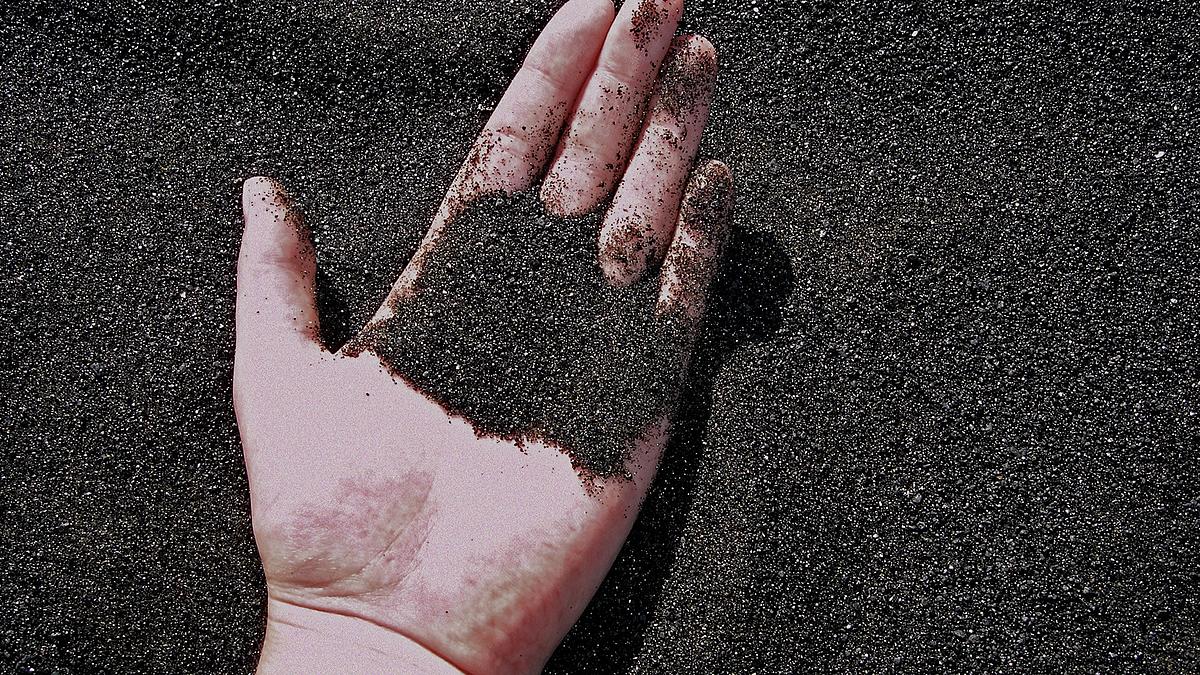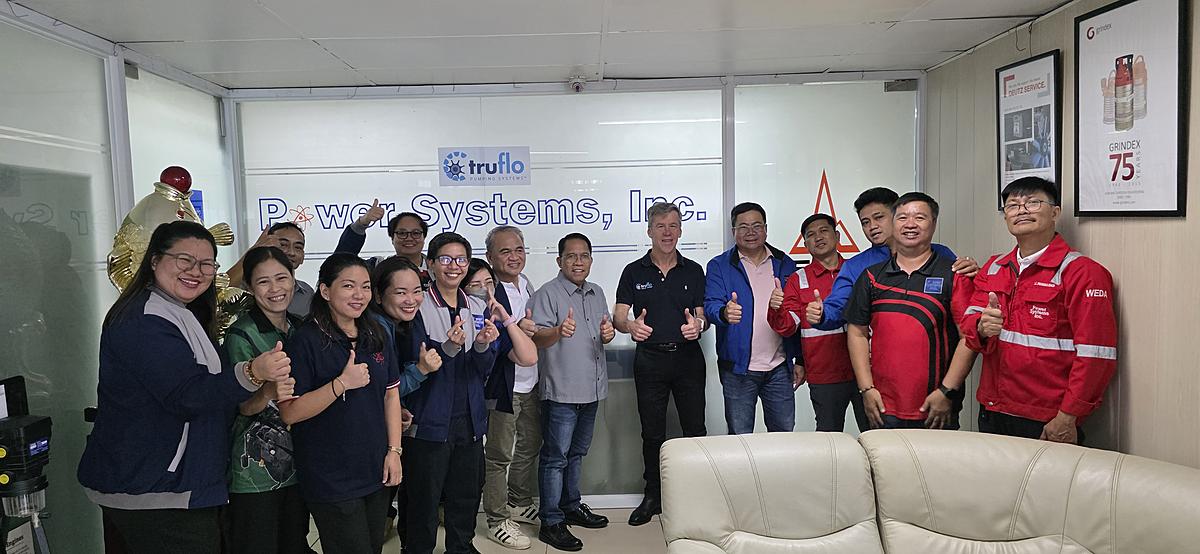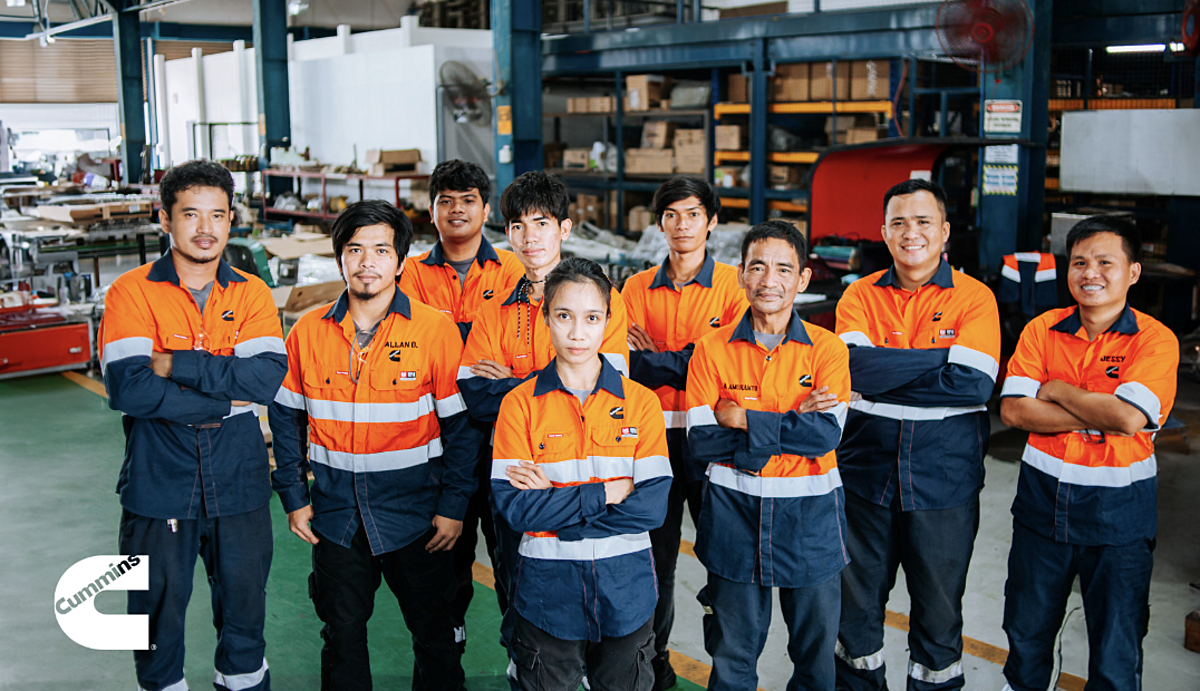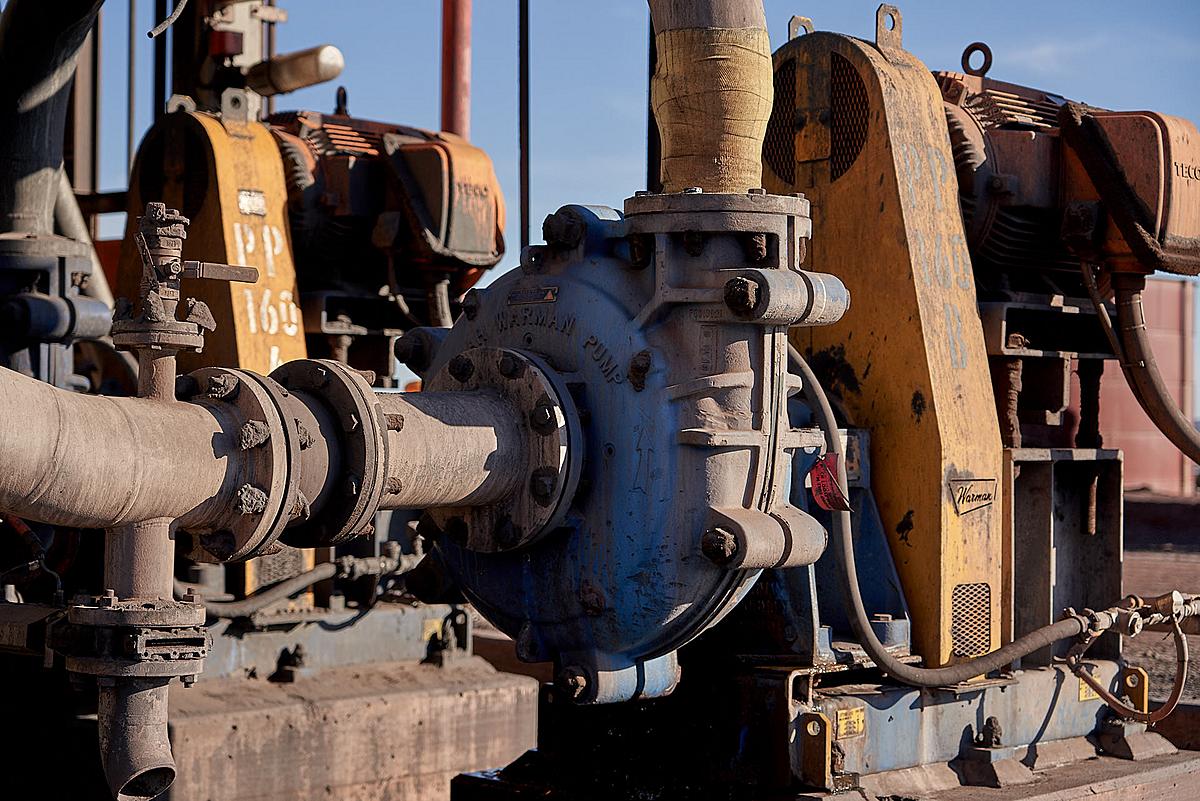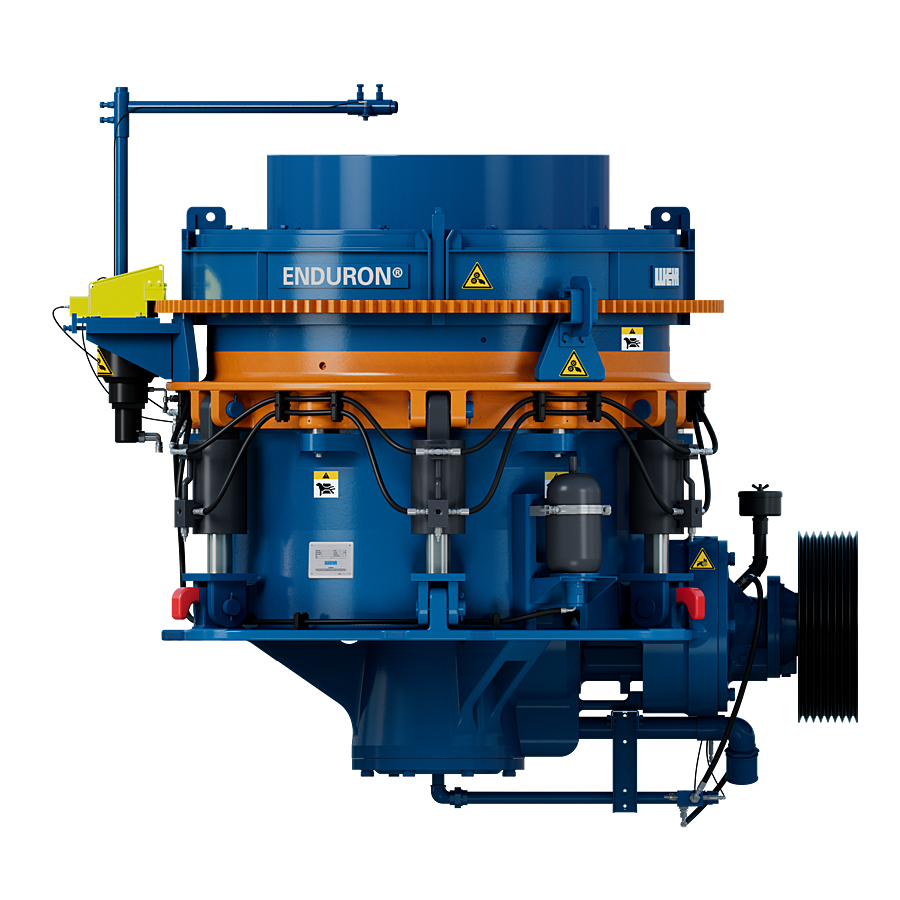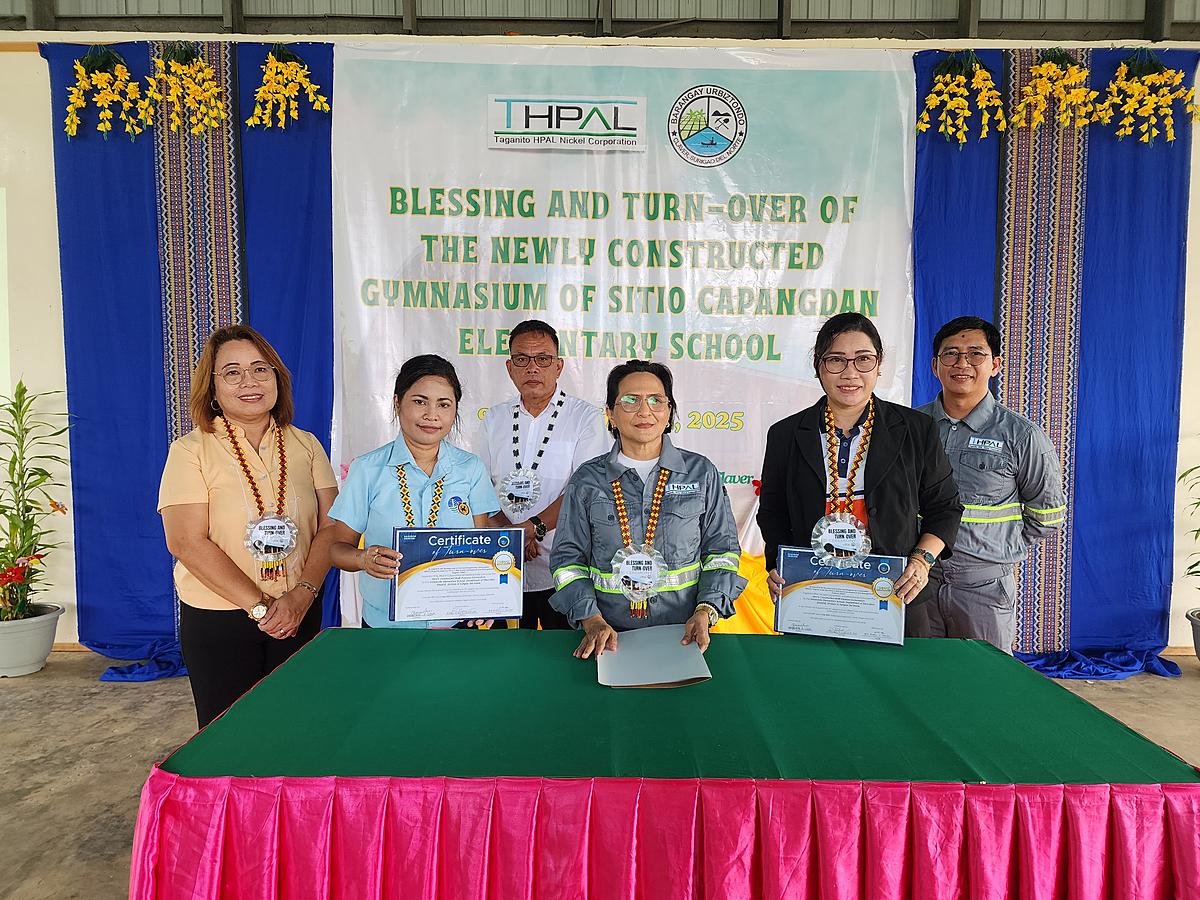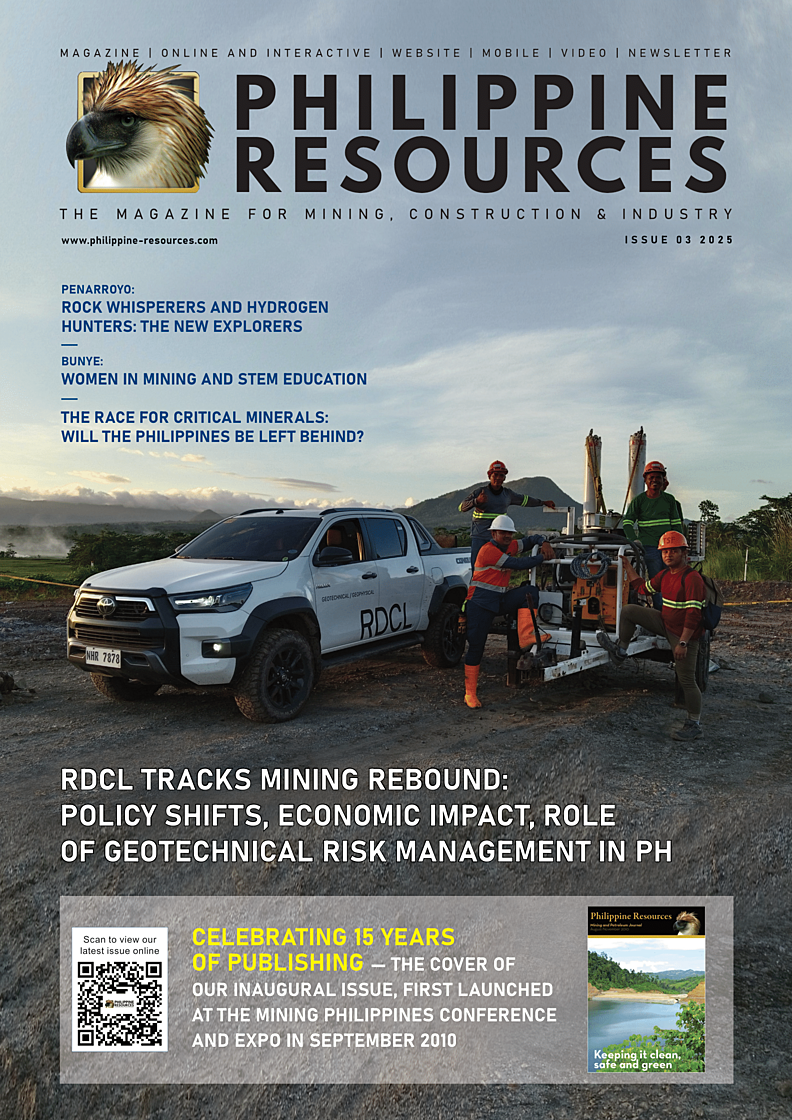Photo Credit: Black Sands Mining Technologies
Black sand mining has been “massive” along the Luzon coastline with Chinese miners extracting the mineral with heavy equipment and shipping them out in barges, Probinsyano Ako party-list Rep. Jose “Bonito” Singson Jr. said during a House committee hearing last week.
The situation warrants the imposition of a ban against exporting black sand ore, or magnetite, an ore of iron used in steel production, the lawmaker from the Singson clan of the Ilocos region said in a CNN Philippines report.
Singson authored House Bill No. 6321, which seeks to prohibit the exportation of black sand and its derivatives in its raw form to other countries.
“[Chinese miners] would bring their barge and then they would use massive machinery to extract the black sand from our shoreline,” Singson told the House Committee on Natural Resources in a CNN Philippines report.
Ronald Recidoro, Chamber of Mines of the Philippines executive director who attended the virtual hearing, shared a similar observation.
“It appears the contractor is helping by dredging the river, but why does the contractor cart out black sand? When you dredge, you just put it aside,” he said in a separate interview.
Recidoro added that the regulatory regime for magnetite black sand really needs to be reviewed, since the national government currently has no oversight function on this.
Black sand mining should be covered by national policy, such that the national government should keep watch over black sand miners whose operations span as far as Cagayan province, which is prone to massive flooding, both Singson and the Chamber of Mines said.
Raw black sand should first be processed locally to create a domestic industry that generates jobs, they added.
“We have steel manufacturing plants in Iligan that use only recycled steel/iron and imported iron as raw materials,” Recidoro said.
Industry data show black sand mining exists in the Ilocos Region, including Cagayan province, as well as in Leyte.
The Ilocos Region faces the South China Sea or the West Philippine Sea that China increasingly has been trying to militarize.
China’s huge appetite for steel has brought it closer to Philippine shores, which Singson said is a red flag as Luzon’s coastlines are receding.

